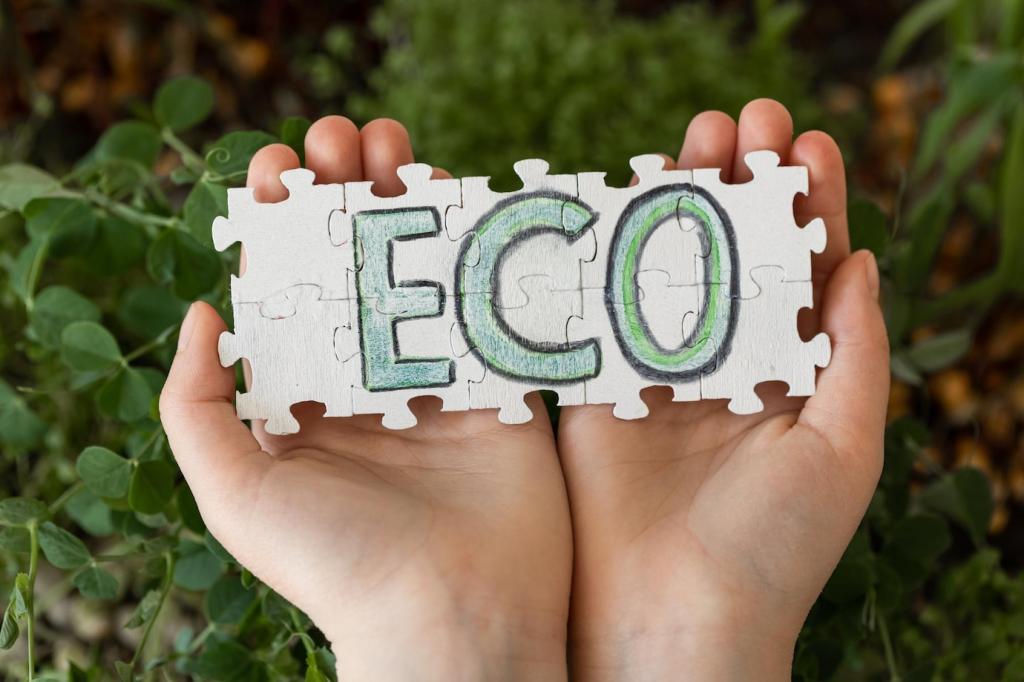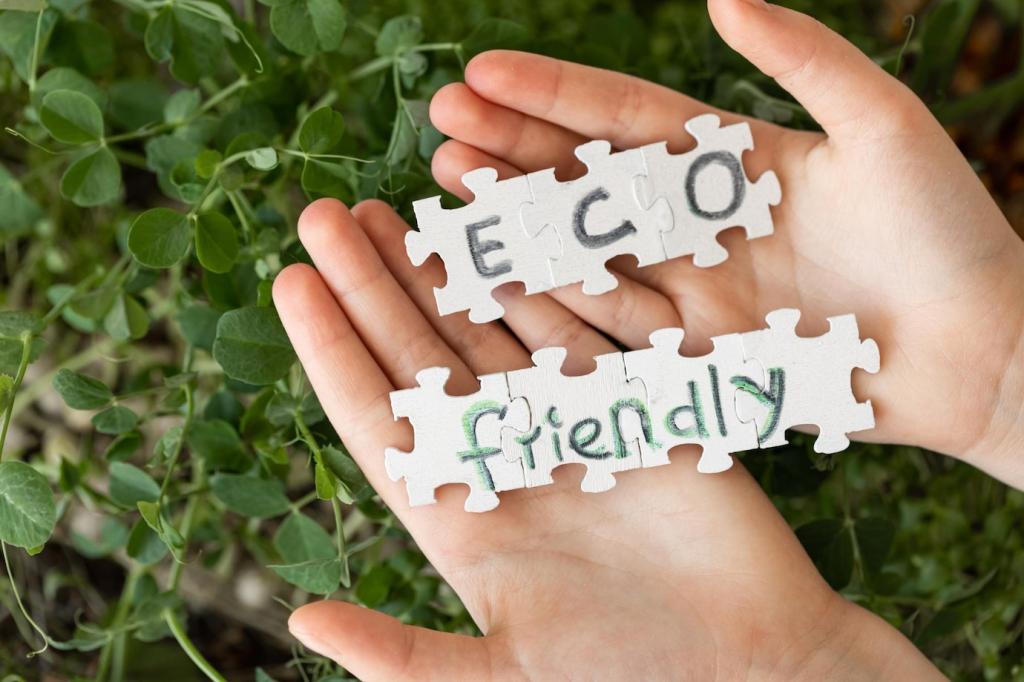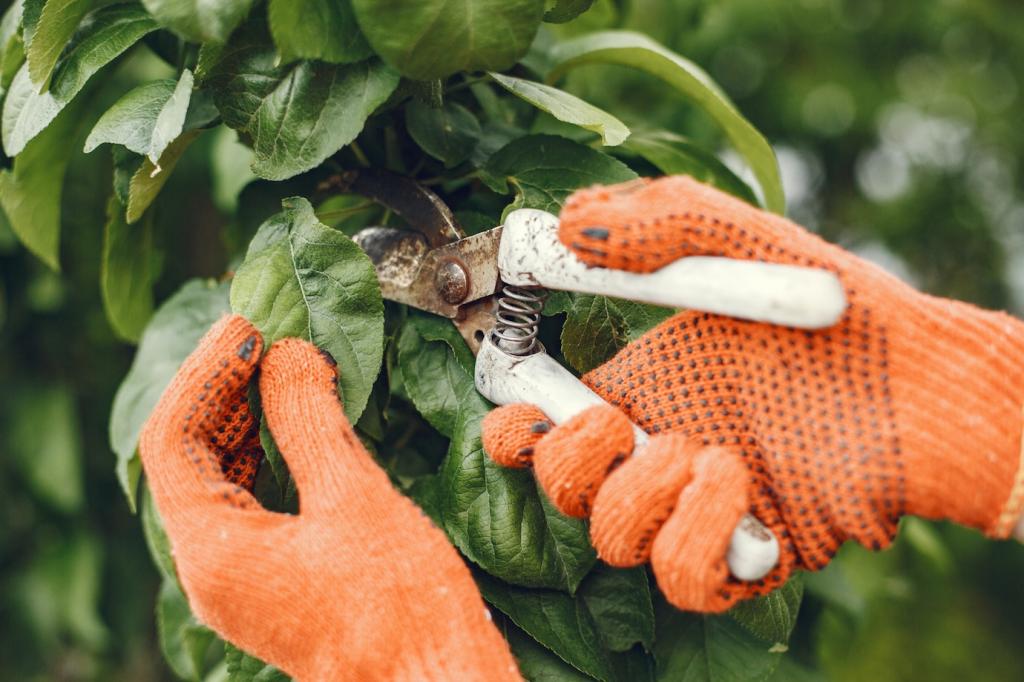Nature’s Toolbox: Understanding Organic Polishes
Beeswax melts around 62–64°C and brings a buttery glow, while carnauba, the hardest natural wax, adds durability and scuff resistance. Blended thoughtfully, they produce a finish that resists fingerprints yet keeps that hand-rubbed warmth. Tell us your favorite blend ratios and why they work.
Nature’s Toolbox: Understanding Organic Polishes
Shellac, secreted by the Kerria lacca insect and dissolved in alcohol, creates astonishing clarity when padded in ultra-thin layers. Luthiers love its acoustic friendliness and repairability. Have you tried French polishing? Share your first attempts, triumphs, or even smears—our readers learn fastest from real experiences.





